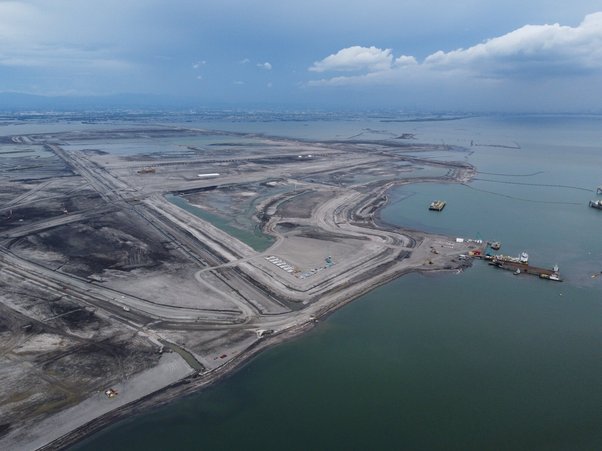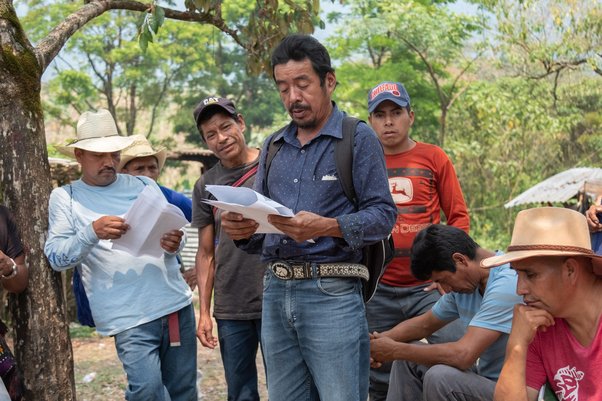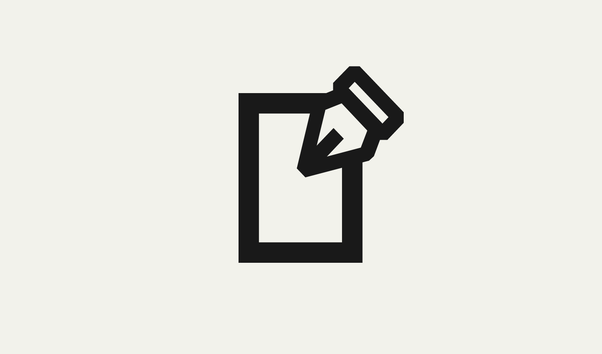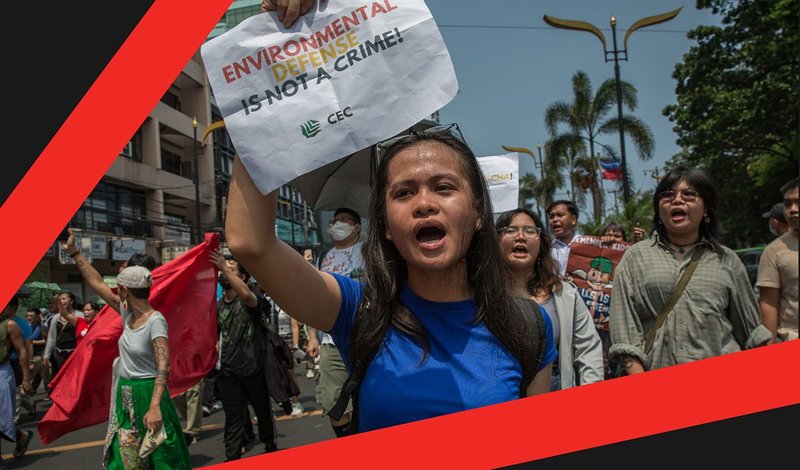
Red-tagging – which falsely brands legitimate activists as terrorists – is used to silence land and environmental defenders online and in real life
What is red-tagging?
Red-tagging is a practice that connects online and real-world harms, where individuals or groups (often progressive political activists or land and environmental defenders) are labelled as communists, terrorists or subversives with inadequate evidence.
In some political contexts, this can lead to serious consequences, including further harassment, threats, violence and even extrajudicial killings. Major social media platforms often fail to prevent the disinformation's spread.
The term red-tagging is most commonly used in the context of The Philippines. The practice surged during the government-led crackdown on activists under President Rodrigo Duterte and has intensified further under current president Ferdinand Marcos Jr.
But the term’s origins go back further than the Duterte government. In the late 1940s, during the McCarthy era in the USA, there are references in US congressional hearings to possible communist sympathisers receiving a "red tag". Merriam-Webster lists the first use of its synonym, "red-baiting", in 1927.
Both Amnesty International and Global Witness have reported extensively on the practice, highlighting its use by state actors and other powerful entities to silence dissent and target human rights defenders.
In the Philippines, the media outlet Rappler, as well as local civil society organisations such as Kalikasan PNE and Karapatan, have documented its use for years.
In the first global survey of land and environmental defenders about the digital threats they face, published by Global Witness in 2025, nine out of the 10 Filipino defenders surveyed said they had been abused online because of their political affiliations.
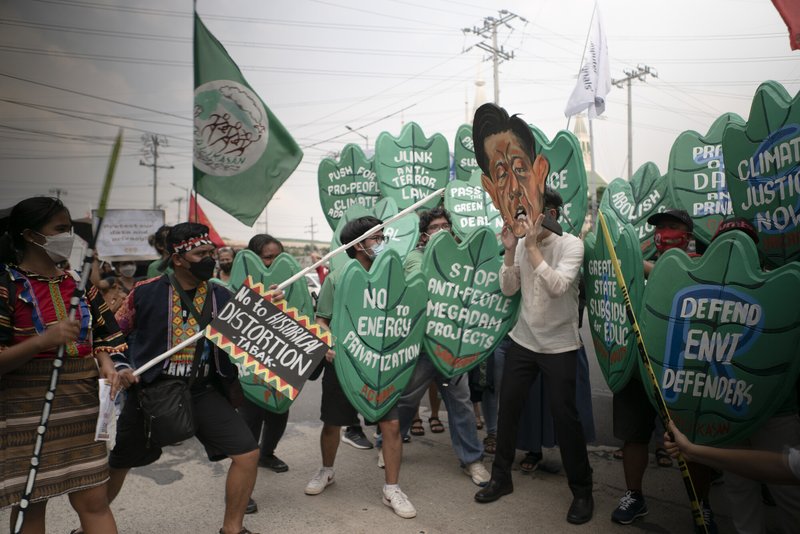
How do digital threats and climate action intersect?
Digital threats, such as disinformation campaigns and online harassment (often spearheaded by inauthentic accounts), can significantly undermine climate action by pushing environmental activists and defenders out of online conversations.
These online harms can even lead to criminalisation, physical attacks and other real-life consequences. When online harassment spills over into the real world, it endangers activists and hinders their work.
Some land and environmental defenders told Global Witness that online harassment and threats had had made them feel discouraged. Others reported a loss of productivity from online attacks. Another survey of climate scientists found that harassment had made many less likely to discuss climate change online.
The link between red-tagging and defending the environment
Red-tagging is frequently used against land and environmental defenders who oppose projects that damage the environment, such as mining operations, deforestation and large-scale infrastructure projects.
By falsely associating these defenders with designated terrorist groups (most notably the New People’s Army in The Philippines), red-tagging aims to delegitimise their cause and silence their opposition.
The case of Jonila Castro and Jhed Tamano in The Philippines illustrates this danger. These young environmental activists were allegedly abducted by the military, who reportedly attempted to solicit a confession from them to being communist rebels.
The two women had been working with fishing communities opposed to the Manila Bay reclamation project – the controversial construction of a mega airport that has displaced over 700 families and caused irreversible damage to the endangered biodiversity hotspot.
Human rights groups have condemned Castro and Tamano’s treatment as a case of apparent state-sponsored abduction and red-tagging.
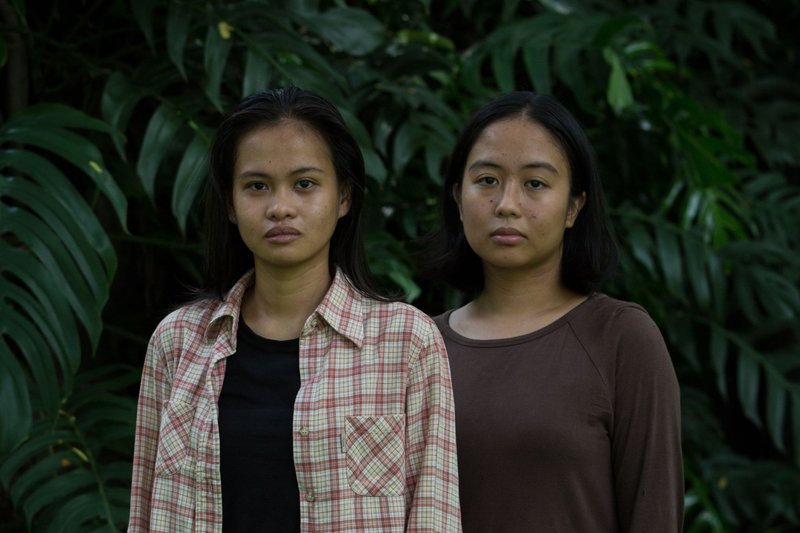
Red-tagging targets Indigenous Peoples in The Philippines
Indigenous Peoples in The Philippines are among those vulnerable to red-tagging as retribution for their resistance to extractive industries. They are often at the forefront of defending their ancestral lands from destructive mining and hydropower activities.
The militarisation of mining in Indigenous territories – where the military have killed, harassed and displaced communities to make way for new critical mineral mining tenements – further exacerbates this issue, creating a climate of fear and intimidation.
Too often, Indigenous defenders who resist losing their home to land grabs find themselves denounced with trumped up terrorism charges.
Red-tagging not only endangers the lives and safety of environmental defenders but also undermines crucial efforts to address climate change and protect the environment.
In the Philippines, nearly half of Indigenous Peoples’ demarcated ancestral territories overlap with biodiversity hotspots. Indigenous Peoples’ traditional stewardship of the land has been repeatedly credited as a vital defence against environmental destruction – the mining industry’s threat to Indigenous communities, then, is disastrous for the environment too.
By silencing those who speak out against destructive and extractive practices, red-tagging allows environmental damage to continue unchecked.
Cutting resources to content moderation teams is a choice
Red-tagging is just one of the digital threats that defenders face. A survey of defenders conducted by Global Witness found that the four online platforms where such threats most commonly occur are either owned by Meta or X.
It is worrying to see that in recent years both companies have cut down their trust and safety teams and reduced their use of human content moderators globally.
Mere weeks before Donald Trump was inaugurated for a second term, Meta also changed its community guidelines to increase the threshold of what would constitute hate speech online – under the banner of “get[ting] back to our roots around free expression,” as CEO Mark Zuckerberg said in a video statement.
These are deliberate choices with potentially grave consequences for the free speech of those who speak out about environmental destruction.
Both Meta and X have it within their power to help fix this problem. This would not only benefit users most at risk, like defenders and the climate movement overall, but also help to improve the experience online for everyday users.
For more details about how social media companies responded to our survey of land and environmental defenders, read the full report.
